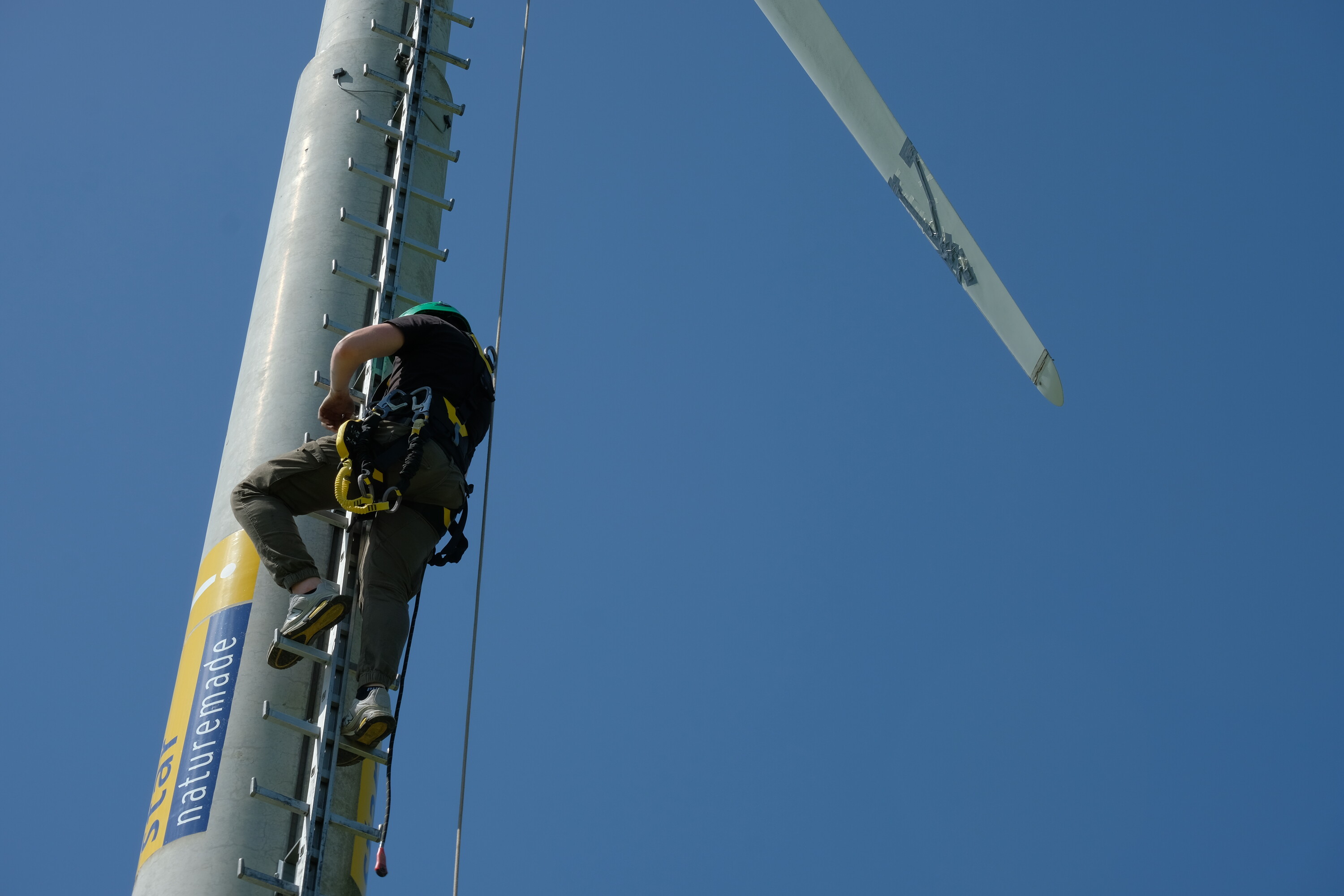- Main
- Degree programs
- Executive Education
- Research and Consulting Services
- OST
- What’s new?
- International


We engage in interdisciplinary research to develop inspiring innovative solutions that can be adopted effectively and sustainably by people to contribute positively to the wind energy sector.
Our team has a diverse range of expertise, and we have a deep understanding of the intricacies of wind energy systems and the challenges faced by stakeholders in the sector. We strive for continuous improvement and mutually beneficial learning environments. We are constantly searching for challenging problems to solve! We study a range of systems at different scales, including atmospheric flows over mountainous terrain, rotor blade aerodynamics, wind turbine dynamics and wake interactions. We do this by combining field experiments, wind tunnels tests and simulations with the development of low-order and hybrid models using physics and machine learning. We put a strong emphasis on data and knowledge sharing, and develop methods and guidelines to help the sector improve the FAIRness of data and code (FAIR = Findable, Accessible, Interoperable and Reusable).
For us, interdisciplinary research means bringing together people from different disciplines to speak a common language and to create more than would be achieved separately. By combining our knowledge and skills with those of various partners from different fields, we can approach problems from different angles and create comprehensive solutions that consider technical, economic, social and environmental factors. In interdisciplinary collaborations, we work to overcome organisational challenges such as different communication styles, disciplinary jargon, team silos, and discipline-specific work processes, by establishing clear communication channels and collaborative workspaces with defined roles and responsibilities, creating a shared vision and goals, and fostering the growth of strong professional networks. Our commitment to diversity and inclusion enables us to work effectively with multiple stakeholders, including researchers, industry experts, policymakers, and community members, making it possible to develop solutions that can be adopted effectively and sustainably by all the stakeholders in the wind energy sector.
For example, through a collaboration with IEA Wind Task 43 (Digitalisation), we bring together knowledge engineering experts with wind energy experts through a monthly public webinar series. In our WeDoWind project, we apply transdisciplinary collaboration tools to coordinate and motivate an ecosystem of wind energy experts to solve diverse challenges defined by the industry, thereby sharing data and knowledge in a mutually beneficial Open Science process. We are currently expanding this project to other areas including energy system planning. In the SNF-funded “Aerosense” and “MISTERY” projects, we lead a group of electronics, aerodynamics, structural and computer scientists and engineers in the development of a MEMS-based pressure and acoustic measurement system for wind turbine rotor blades. In a SFOE-funded project “OpenIMPACT” we combine wind energy, machine learning and data science in order to develop an open-source framework for optimising the operation of wind farms. As part of the Diversity Committee of the European Academy of Wind Energy, we develop recommendations for improving Diversity, Equity and Inclusion in wind energy. In several other projects including the SFOE-funded project “WindMet”, we apply various approaches to improving wind modelling and reducing wind resource assessment risks in mountainous terrain, bringing together experts in meteorology, weather modelling, statistical modelling and wind energy.
About us
Collaboration
Events
News (in german only)
Newsletter
Divisons & Employees
Dr. Sarah BarberIET Institut für EnergietechnikHead of Wind Energy Innovation Division, Lecturer
+41 58 257 42 62sarah.barber@ost.ch